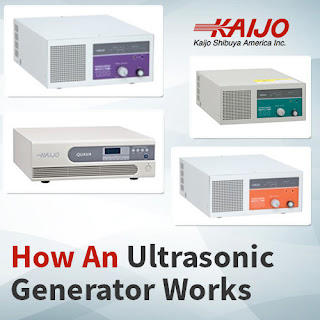Ultrasonic cleaning
systems can clean
parts and components quickly and thoroughly and provide a superior option compared
to traditional methods that use harsh chemicals and mechanical brushing. Plus,
these systems help reduce cleaning costs considerably, they also save time and
increase the efficiency of many production lines or manufacturing processes.
Ultrasonic
cleaning process works by placing the items to be cleaned in a cleaning liquid
of a cleaning tank. The sound waves generate cavitation bubbles in the cleaning
liquid. These microscopic bubbles dislodge contaminants from the surfaces of
the items being cleaned.
Ultrasonic
cleaning saves time because the items do not need to be soaked in the cleaning
liquid in order to soften the dirt. Subsequent manual scrubbing with pressure
sprays is also no longer needed. In
ultrasonic cleaning, the bubbles do the cleaning and scrubbing action, and they
could clean even the more complicated parts, shapes, holes, and crevices of the items, resulting in quick but thorough cleaning.
The cost
savings come from various sources. Because of the high performance of the ultrasonic
systems, the need for water and power are reduced and the use of harsh chemicals
is eliminated. Depending on the cleaning chemicals previously used, various
chemical handling equipment and processing may no longer be needed.
High
performance ultrasonic
cleaning systems save on power usage since a typical system uses up to 1200 Watts,
lower than the power used by conventional cleaning systems. Water use is also
reduced because only one tank is needed for cleaning. These reductions
translate into bigger savings.
You can
learn more about Kaijo’s ultrasonic cleaning systems by reading the complete article titled “Time Vs. Money: How
an Ultrasonic Cleaning System Saves Both.” Contact Kaijo for a free consultation or quote
at info@kaijo-shibuya.com or call 408-675-5575.



